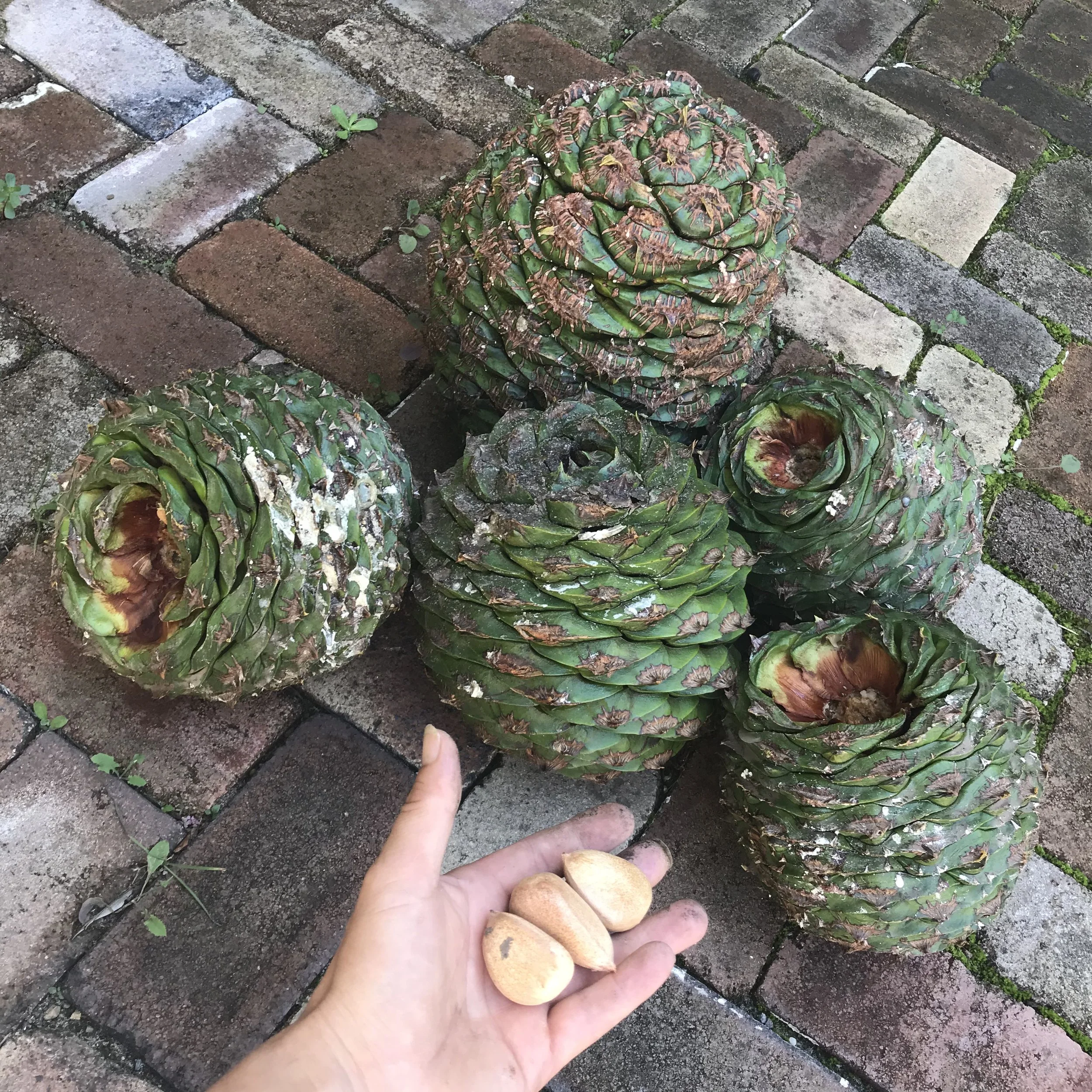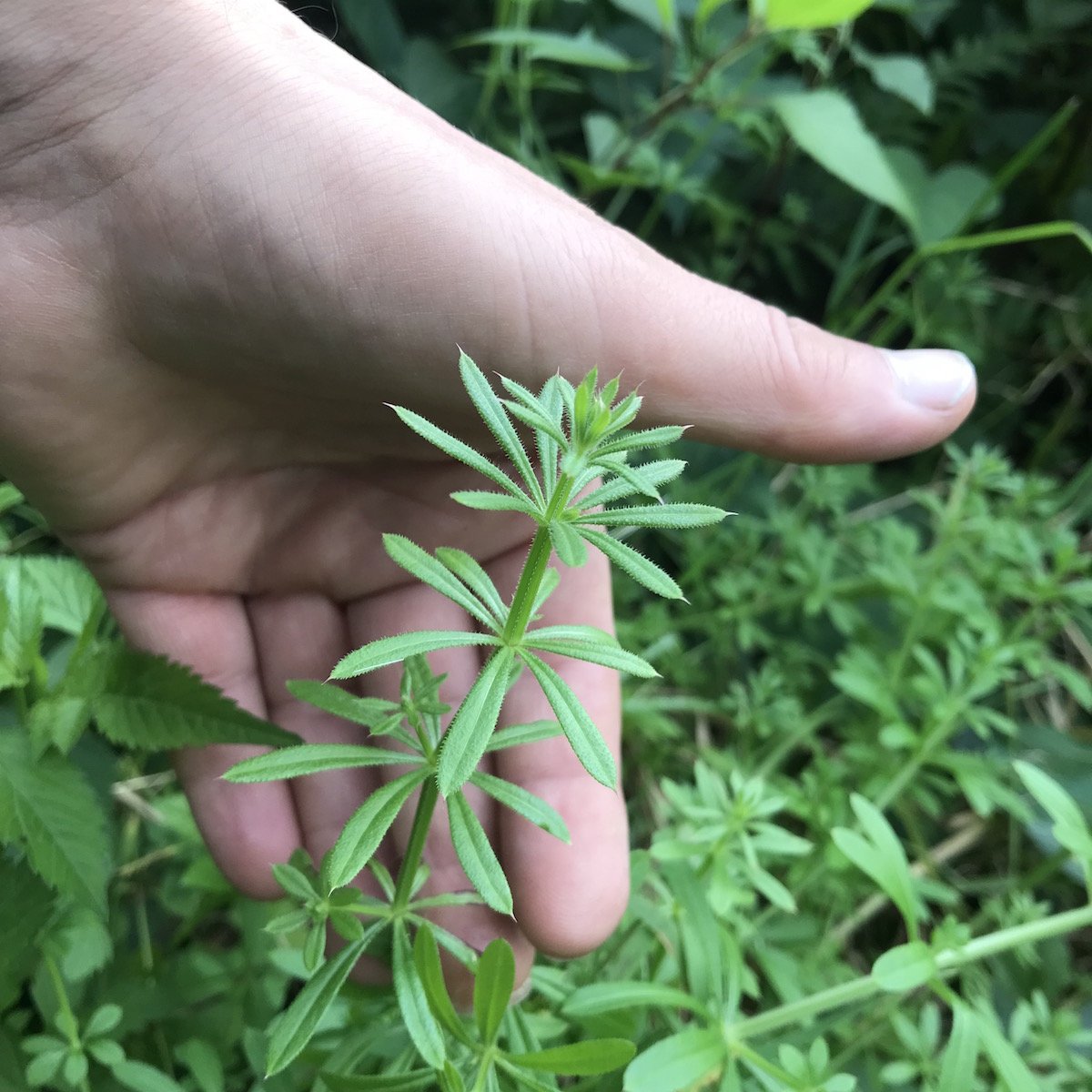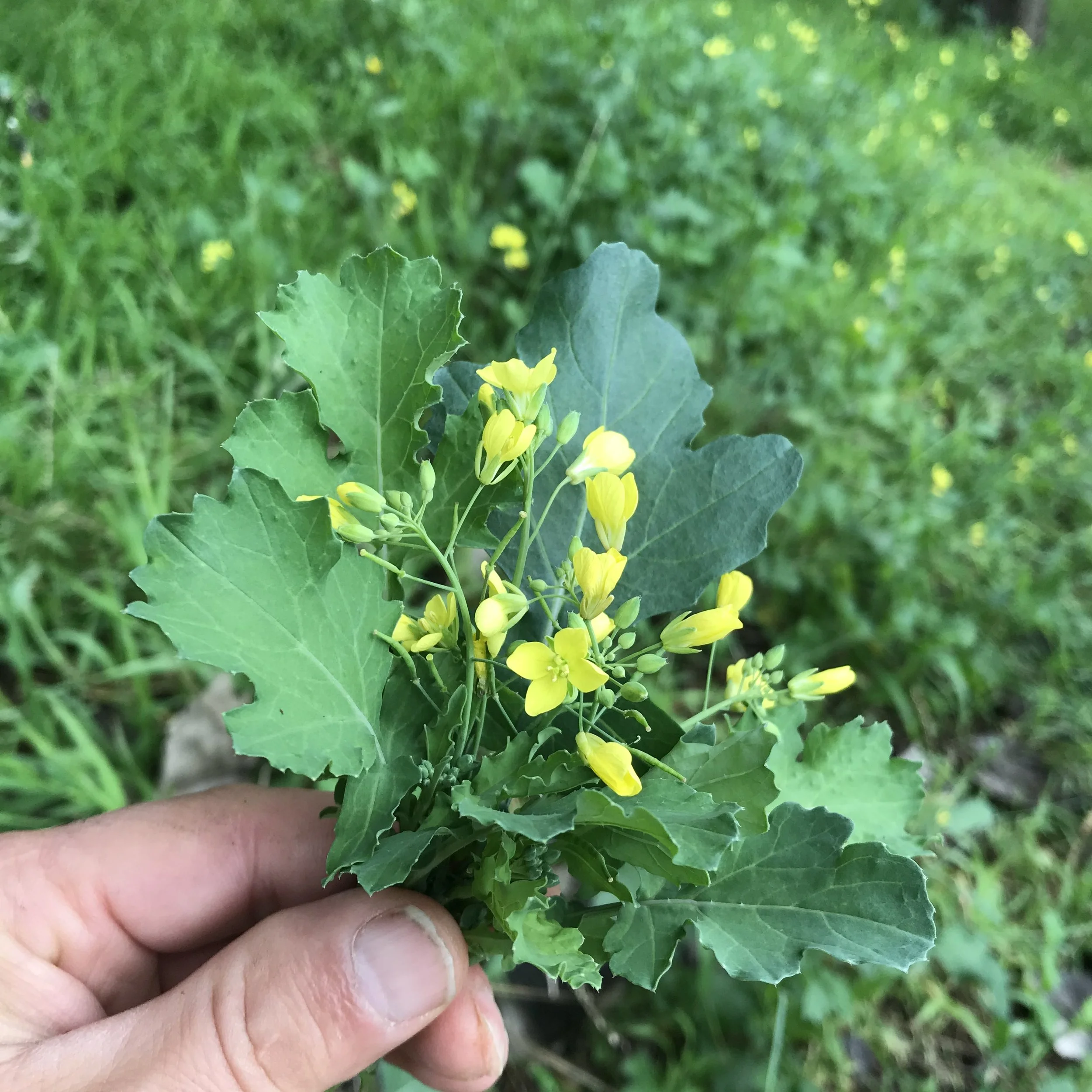Fat hen is a versatile wild plant, it can be used as food in many recipes, it has medicinal properties, and its young shoots can be used to create green dye. The crushed fresh roots can be used as a substitute for soap.
Read MoreEasy recipe to try out this mushroom season. Sure to impress
Read MoreBulrushes is one of the most ancient food plant used by humans all over the world.
Is it time to rediscover this nutritious plant?
Learn about 5 of the best edible wild plants growing in springtime in Australia. Free food everywhere.
Read MoreOne of the winter wonders, this edible brassica is full of surprises
Read MoreBunya nuts are falling from trees right now. Where to get them, how to prepare them, and the cultural value of such ancient resources.
Read MoreIt’s springtime and the country roads of southeast Australia are lined with yummy wild asparagus.
Better be quick!
Read MoreSome gardeners really hate onionweed, and yet is one of the most celebrated wild edibles. Learn how to identify and cook this wild garlicky treat.
Read MoreSea lettuce is a common edible seaweed of coastal Australia and elsewhere in the world. Learn how to identify, harvest, cook and eat this nutritious coastal delicacy.
Read MoreLearn to identify three varieties of slipperies available in Autumn in pine plantations around Australia.
These Suillus species are all edible, silky and very delicate. Fantastic in European or Asian cooking. Skills forever.
Read MorePink peppercorns are growing on trees all over southern Australia. They are easy to identify and is a free source of spice. Yum!
Read MoreThe country roads of southeastern Australia are lined with feral plums in summer. Go for a drive and get yourself some wild food, make jam and rejoice in the abundance of nature.
Read MoreNeptune’s pearls or Neptune’s necklace is a common brown seaweed found in rockpools and rock platforms in many Australian states. Learn how to ID and use this yummy seaweed.
Read MoreOh, my! Salsify!
Learn about this common wild edible growing right now at the start of spring in the south-east and south-west of Australia.
It is yummy!
Cleavers cling to you, and you can eat them too.
Learn about this amazing wild plant useful for food and medicine
Wild brassicas are everywhere, one of the most widespread weeds in the world. They are also edible and the wild counterpart of modern vegetables. Eat your weeds!
Read MoreIt’s spring time and the wattles are flowering. Such a glorious seasonal marker. Learn how to celebrate, identify, harvest and eat wattle seeds and more.
Read MoreLove it or hate it, blackberries are around. Find out where the colonies are as berries abound.
Read MoreFeral Fruits Forever!
Did you know there are wild apples growing along the country roads of southern Australia?
This year turned out to be an excellent one for them, with plenty to be had for all your pie, cider and vinegar recipes.
Some plants are just misunderstood. We think of them as a nuisance, growing out of the cracks in our pathways and becoming the curse of our perfect patios. And yet some pesky weeds are actually edible, nutritious and a much-celebrated food in many cultures. There’s no better example than purslane - Portulaca oleracea - a common edible weed that’s about to invade your garden over the coming months.
Read More




















